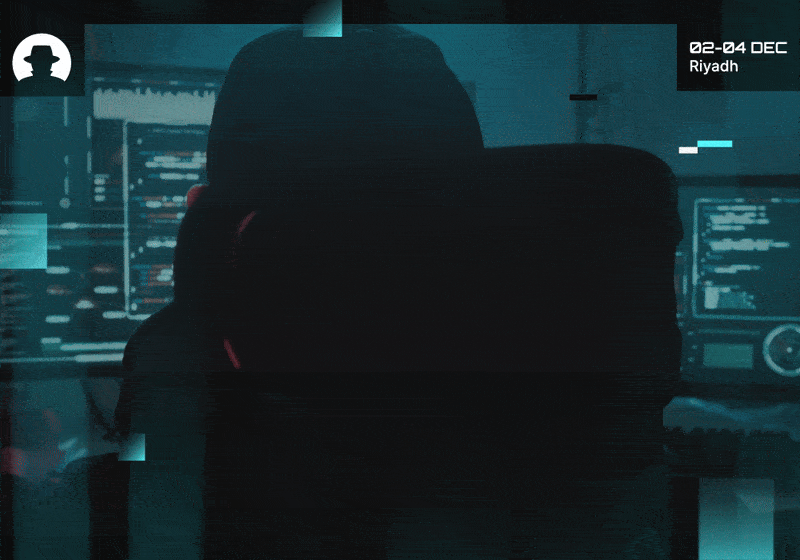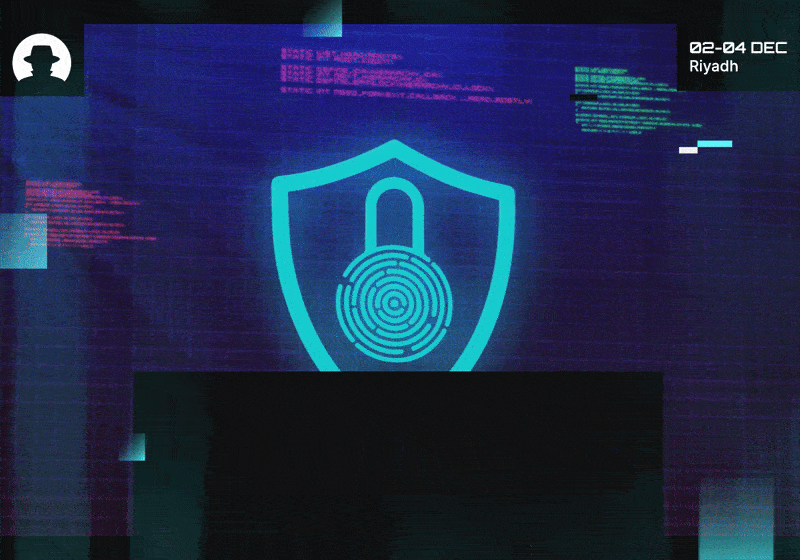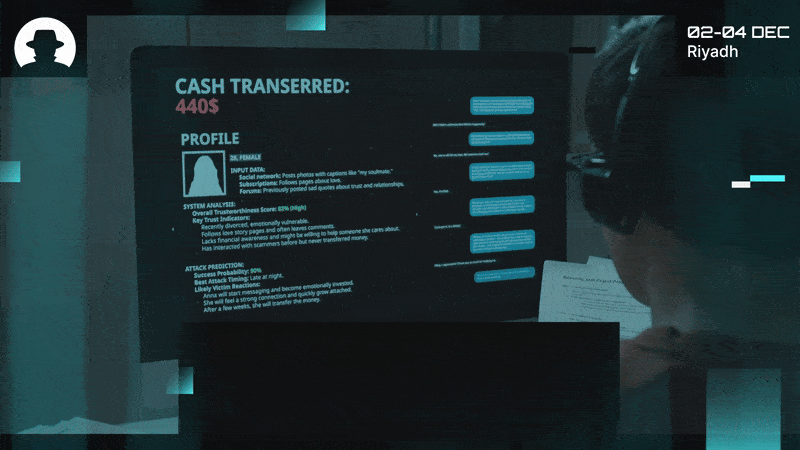
Have you read/watched Dune?
In Dune, power flows to the one who can destroy a thing. In cybersecurity, attackers now hold similar leverage over identity and systems.
Read More
Insights, inspiration, and exclusive interviews from the global Black Hat MEA community – in your inbox every week.
The false comfort of expertise.
And we’re thinking about this with a little help from the art of Zen. In the book Zen Mind, Beginner’s Mind (published in 1970), Shunryū Suzuki wrote:
“In the beginner’s mind there are many possibilities, but in the expert’s mind there are few.”
That Zen idea of shoshin, or the ‘beginner’s mind’, is about staying open, curious, and humble no matter how much you think you know. It’s also a useful metaphor for cybersecurity.
Because if there’s one thing this field has taught us, it’s that certainty can be dangerous. The moment we believe our defences are watertight, an attacker somewhere is already proving otherwise.
Cybersecurity has been painted in two colours: red for offence, blue for defence. One side broke in to expose the cracks; the other side patched up to restore order. Each claimed expertise in its own domain – and each often held its own sense of superiority over the other.
But that structure created blind spots. And not enough people paused to ask what could be learned between the stealth of red and the metrics of blue.
Then purple teaming emerged and started to fix that; because when red and blue become a collaborative endeavour, they can reach their full potential – and enable genuine resilience.
In a 2024 report packed with insights from 100 purple teams, CyberCX found that organisations running collaborative red-blue exercises discovered detection gaps that were invisible in siloed testing.
Attackers learned how defenders think; defenders saw how genuine adversaries move. And the biggest gain from all of this was cultural: both teams developed empathy for the other.
When teams learn side by side, they start to see the system as a whole. The result, according to CyberCX, is faster remediation and more durable defensive control design.
Coming back to the idea of Zen, we think that’s the beginner’s mind in motion; replacing rigid hierarchies with a willingness to learn, and encouraging everyone to recognise that they don’t (and never can) know everything.

If you’ve been following us for a while, you’ll know this isn’t the first time we’ve talked about Zen in cybersecurity. When we interviewed Lance James (CEO of Unit 221B), he spoke about how he integrates his own Zen practice into his work as a cybersecurity leader:
“The core principle of approaching everything as if it's our first time, even if we've done it a thousand times before, resonates deeply with me. It reminds us to always be fully present, open to new opportunities, and eager to learn.”
“The root cause of security problems does not primarily lie with computers, but with people,” he added.
And when cybersecurity is as much human as it is technical, humility is a critically underrated control.
Purple teaming translates that humility into practice. By building a bridge between attacker creativity and defender discipline, it turns competition into cooperation. In some enterprises, purple processes are now woven directly into SIEM and SOAR workflows, so every offensive tactic becomes a defensive validation rule. It’s continuous learning by design – the beginner’s mind, integrated into security strategy.
Purple is an attitude – a refusal to accept that expertise alone is enough to guard against cyber threats.
In a threat landscape that evolves faster than any certification can, the expert’s mind can become narrow; but the beginner’s mind is willing and able to adapt.
The beauty of purple teaming lies in that space. It forces both red and blue to question what they think they know; to stay open to correction; to replace ego with evidence.
Cybersecurity doesn’t reward arrogance for long. The more we claim mastery, the faster the world reminds us that mastery is an illusion.
So maybe Shunryū Suzuki had it right all along: in the beginner’s mind, there are many possibilities – and in purple teaming, that mindset is key to building a strong security posture.
Read the blog: The philosophy of purple: Behind the rise of red + blue
There’s still time to secure your place at Black Hat MEA 2025 – immerse yourself in the heart of global cybersecurity innovation.
Join the newsletter to receive the latest updates in your inbox.

In Dune, power flows to the one who can destroy a thing. In cybersecurity, attackers now hold similar leverage over identity and systems.
Read More
A contrarian take on AI in 2026: why security teams may actually need AI to become dull, predictable, and standardised – and how that shift could reduce risk.
Read More
Six in ten job seekers faced fake recruiters in 2025. Here’s what those scams teach CISOs about human psychology – and why security awareness needs a rewrite.
Read More